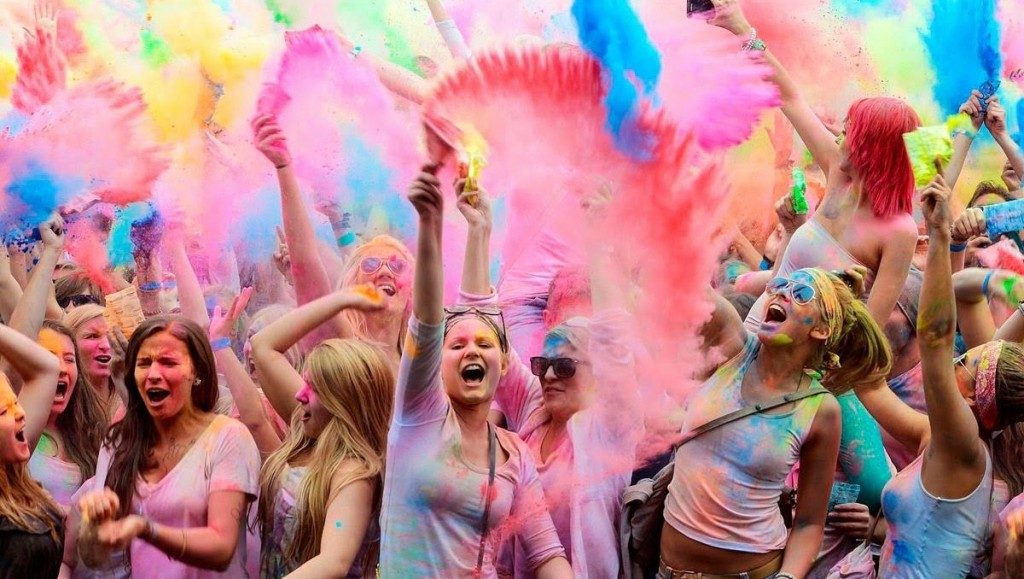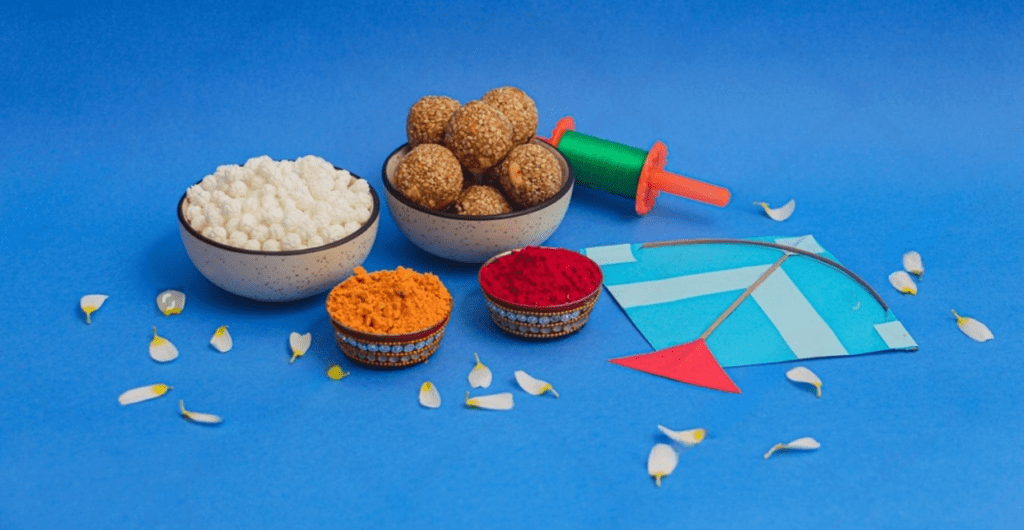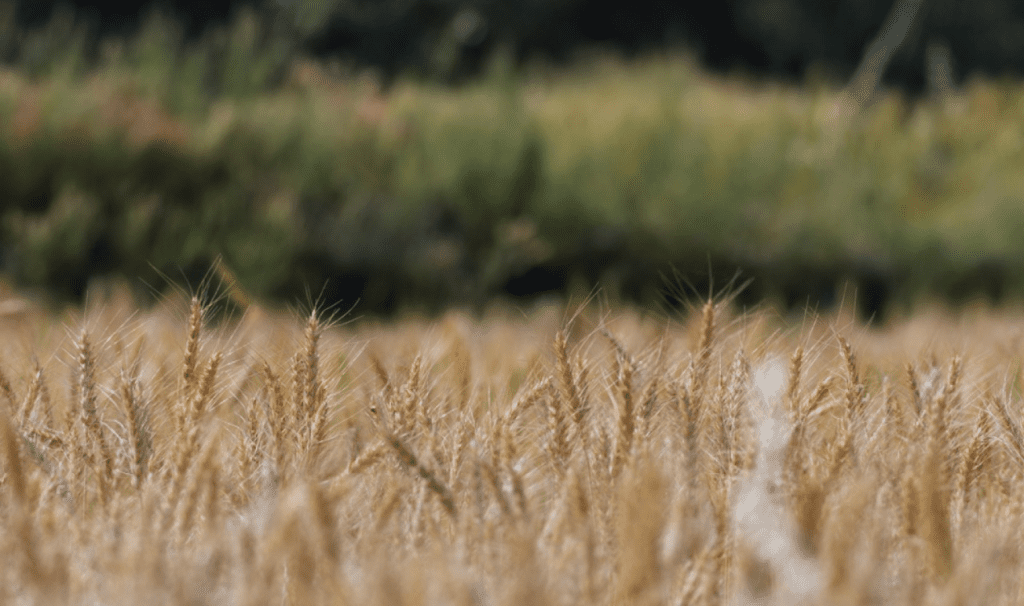Every spring, streets across India and beyond explode into a kaleidoscope of colors, laughter, and joy as millions celebrate Holi, the Hindu festival that marks the triumph of good over evil and the arrival of renewal. Known as the “Festival of Colors,” Holi is more than just a playful occasion—it’s a cultural phenomenon steeped in history, mythology, and unity. In 2025, as the world continues to embrace this exuberant celebration, Holi remains a testament to humanity’s love for life, forgiveness, and togetherness.
The Origins of Holi: A Mythical Tale
Holi’s roots stretch back thousands of years, intertwined with Hindu mythology. The festival commemorates the story of Holika and Prahlad, a tale of devotion and divine protection. According to legend, the demon king Hiranyakashipu demanded that everyone worship him, but his son Prahlad remained devoted to Lord Vishnu. Enraged, Hiranyakashipu ordered his sister Holika—who was immune to fire—to burn Prahlad alive. However, through divine intervention, Holika perished in the flames, while Prahlad emerged unscathed. This victory of good over evil is celebrated with bonfires known as Holika Dahan on the eve of Holi.
Another beloved story links Holi to Lord Krishna. As a playful young boy in Vrindavan, Krishna colored the face of his beloved Radha and the local milkmaids (gopis) with vibrant powders, setting the tone for Holi’s colorful traditions. These tales infuse the festival with spiritual significance, blending reverence with revelry.
When and Where Holi is Celebrated
Holi typically falls in March, aligning with the full moon day of the Hindu month of Phalguna. In 2025, Holi will be celebrated on March 13-14, with Holika Dahan on the evening of the 13th and the color-throwing festivities on the 14th. While it originated in India, Holi has transcended borders, with celebrations in Nepal, Sri Lanka, and Indian diaspora communities in the United States, the United Kingdom, Canada, and beyond. Cities like Mathura, Vrindavan, and Barsana—birthplaces of Krishna and Radha—host some of the most iconic Holi events, drawing tourists from around the globe.
The Rituals: Fire, Colors, and Sweets
Holi unfolds in two distinct phases, each rich with tradition and symbolism.
Holika Dahan: The Bonfire Night
The festivities kick off with Holika Dahan, where communities gather around bonfires to burn effigies of Holika. This ritual symbolizes the cleansing of negativity and the renewal of spirit. People sing, dance, and offer prayers, often roasting grains and coconuts in the fire as a gesture of gratitude.
Rangwali Holi: The Day of Colors
The second day, known as Rangwali Holi or Dhulandi, is the heart of the celebration. Armed with dry colored powders (gulal), water guns, and balloons filled with tinted water, people of all ages take to the streets. “Bura na mano, Holi hai!” (“Don’t mind, it’s Holi!”) becomes the rallying cry as friends, family, and even strangers smear each other with colors. Music blares, dances erupt, and the air fills with laughter and the scent of herbal dyes made from turmeric, neem, and flowers.
Food plays a starring role too. Traditional sweets like gujiya (a stuffed pastry), malpua (sweet pancakes), and thandai (a spiced milk drink, sometimes infused with bhang, a cannabis derivative) tantalize taste buds, adding to the sensory overload.
The Symbolism of Holi
Beyond the fun, Holi carries profound meaning. The colors represent the vibrancy of life, the breaking of social barriers, and the renewal of relationships. It’s a day to forgive grudges, mend bonds, and start afresh—a sort of emotional spring cleaning. The festival also heralds the end of winter and the blossoming of nature, aligning with agricultural cycles in India.
Holi Around the World
While Holi’s epicenter remains India, its global footprint is growing. In the U.S., cities like New York and Los Angeles host Holi events with DJs, food stalls, and color-throwing zones. In the UK, London’s Holi parties attract diverse crowds, blending Bollywood beats with local flair. Nepal celebrates with its own twist, emphasizing water-based festivities. Even non-Hindu communities join in, drawn by Holi’s universal message of joy and unity.
Modern Holi: Challenges and Evolution
As Holi evolves, it faces modern challenges. Environmentalists advocate for eco-friendly colors, as synthetic dyes can harm skin and pollute water sources. Overuse of water in drought-prone regions has sparked debates, prompting innovations like dry Holi celebrations. Meanwhile, commercialization—think branded events and Holi-themed merchandise—has both popularized and diluted its traditional essence. Yet, at its core, Holi retains its spirit of inclusivity and exuberance.
How to Celebrate Holi
Planning to join the festivities? Here’s a quick guide:
- Wear white: It’s the perfect canvas for colors.
- Protect yourself: Use natural oils on your skin and hair to ease color removal.
- Savor the treats: Try gujiya or whip up some thandai at home.
- Spread love: Visit friends, share sweets, and embrace the chaos.
If you’re in India, head to Vrindavan for an authentic experience, or check local listings for Holi events near you. Can’t travel? Host your own mini-Holi with biodegradable colors and a playlist of Bollywood hits!
Conclusion: A Celebration for All
Holi is more than a festival—it’s a state of mind. It’s the courage to let go, the freedom to laugh, and the joy of connection. As the colors of Holi splash across the world in 2025, they remind us that life, like this festival, is best lived boldly and brightly. So, grab some gulal, shout “Happy Holi!” and dive into the magic of this timeless celebration.



